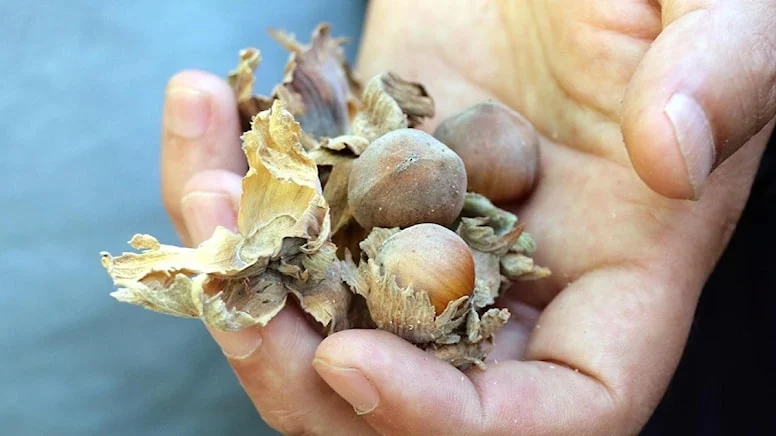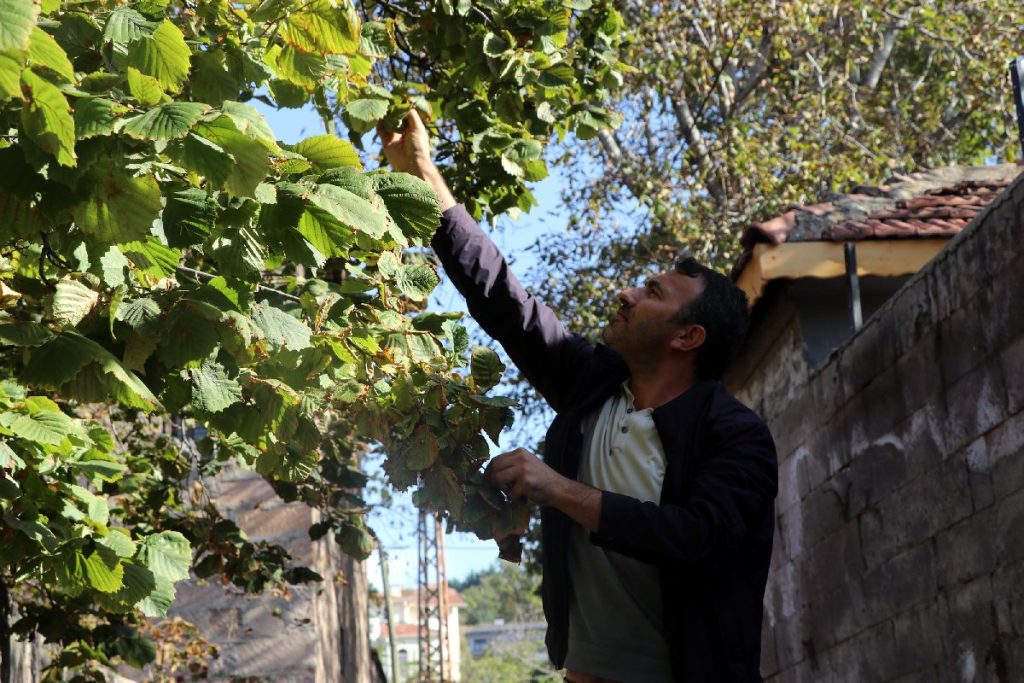
The hazelnuts eaten by the Assyrians 4000 years ago did not come from Europe
The acquaintance of Anatolia with writing occurred through the Assyrians who established the trading colony of Kültepe/Kanish. The Assyrian traders, who set up a karum in Kültepe, located within the boundaries of present-day Kayseri province in Türkiye, not only engaged in trade but also facilitated the interaction of Anatolia with Mesopotamian culture.
During the long-term excavations in Kültepe/Kanish Höyük, one of the Assyrian Trade Colonies, numerous cuneiform tablets shedding light on Anatolian history were discovered. These tablets provide information about the social, economic, and historical aspects of that period in Anatolia.
The excavations in Kültepe are led by Professor Dr. Fikri Kulakoğlu from Ankara University. Four years ago, the excavation team discovered a hazelnut shell dating back 4,000 years.
Until the study by Associate Professor Kahraman Gürcan from Erciyes University in Kayseri, it was believed that the 4,000-year-old hazelnut had European origins. However, Kahraman Gürcan’s 10-year DNA study indicated a different origin.
📣 Our WhatsApp channel is now LIVE! Stay up-to-date with the latest news and updates, just click here to follow us on WhatsApp and never miss a thing!!
Gürcan examined the hazelnut trees in Kayseri. Through a decade-long study, Gürcan revealed the DNA of the Kayseri hazelnut.
According to a report in DHA (Demirören News Agance), the studies conducted by Dr. Kahraman Gürcan at the Genomics and Stem Cell Center at the university revealed that the DNA structure of hazelnut samples taken from hazelnut trees in Kayseri, when compared to hazelnuts from various countries in the Black Sea region and Europe, showed a unique DNA structure exclusive to Kayseri, distinct from both Black Sea and European hazelnut types.

Associate Professor Kahraman Gürcan mentioned, “There are many hazelnut trees in the old neighborhoods of Erkilet, Hacılar, Hisarcık, Talas, and Kayseri. Additionally, there are natural hazelnut trees in small forest-like areas. There are also many hazelnut trees in the old stone neighborhoods of Kayseri. Some families claim that the hazelnuts harvested from these gardens suffice for them during the winter.”
Gürcan continued, “In my research, I observed that the Kayseri hazelnuts have short ‘zuluflar’ (the fringes or the ends), resembling a kind of hazelnut similar to the European type, rather than the Black Sea hazelnuts. Initially, I thought these hazelnuts might have been brought to Kayseri from Europe. I considered that these hazelnuts might have been brought to Kayseri from Italy, Greece, or Spain. However, when we conducted DNA studies, it turned out that these hazelnuts are unique, not similar at the DNA level to any hazelnuts worldwide, and are entirely specific to Kayseri. Considering the economic returns of these hazelnuts, genetically, as a hazelnut variety unique to Kayseri, it could be registered as a geographical indication.”
Gürcan also highlighted the cold-resistance of hazelnuts in Kayseri, stating, “The Kayseri hazelnut is resilient to cold, which, in terms of fruit size and oil content, can serve as a good genetic resource to support Black Sea hazelnuts. Due to its physical structure, it’s a hazelnut variety appreciated by Europeans. The hazelnuts are large, easy to pluck from the branches. Its most important feature is its resistance to cold. It can even grow in altitudes above a thousand meters, such as in Kayseri.”
You may also like
- A 1700-year-old statue of Pan unearthed during the excavations at Polyeuktos in İstanbul
- The granary was found in the ancient city of Sebaste, founded by the first Roman emperor Augustus
- Donalar Kale Kapı Rock Tomb or Donalar Rock Tomb
- Theater emerges as works continue in ancient city of Perinthos
- Urartian King Argishti’s bronze shield revealed the name of an unknown country
- The religious center of Lycia, the ancient city of Letoon
- Who were the Luwians?
- A new study brings a fresh perspective on the Anatolian origin of the Indo-European languages
- Perhaps the oldest thermal treatment center in the world, which has been in continuous use for 2000 years -Basilica Therma Roman Bath or King’s Daughter-
- The largest synagogue of the ancient world, located in the ancient city of Sardis, is being restored











Leave a Reply